Khác Biệt Giữa Màu Nhuộm Hoa Tươi Nhập Khẩu và Màu Nhuộm Hoa Tươi Nội Địa?
1. Khác về Chất lượng màu sắc:
- Màu Nhuộm Hoa Tươi Nhập khẩu: Hạt màu siêu mịn, cho màu sắc tươi sáng, nhuộm màu hoa đều trên cánh và hoa nhuộm tự nhiên, không bị bệt hoặc loang lổ. Màu hoa nhuộm giống hoa nhuộm nhập khẩu 100%
- Màu nội địa: Hạt màu thường to hơn, dễ bám không đều, màu sắc có thể bị đục hoặc lệch tông.
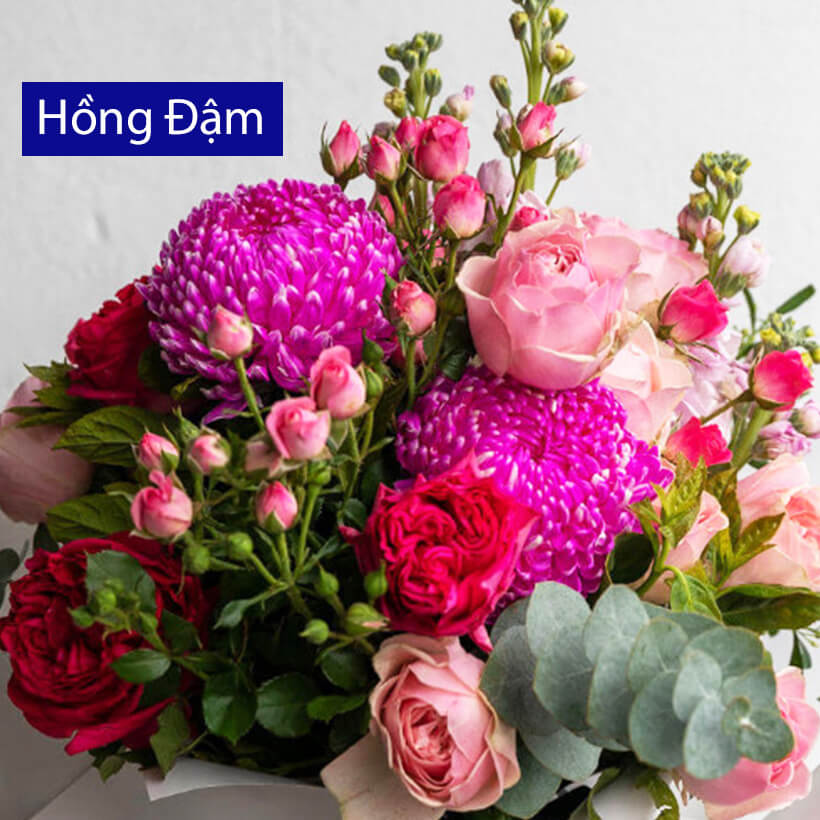
(Hoa Cúc Mẫu Đơn nhập khẩu nhuộm màu nhập khẩu)
2. Khác về Độ bền màu nhuộm hoa tươi:
- Màu nhuộm nhập khẩu: Độ bám dính màu cao, hoa giữ màu bền đến 7–14 ngày không bị xuống màu, ngay cả khi trưng bày ngoài môi trường nóng. Hoa nhuộm màu không bị xuống màu và không bị cháy lá hoa
- Màu nội địa: Màu dễ phai khi gặp ánh sáng mạnh hoặc môi trường ẩm. Màu nóng dễ xuống màu nhanh hơn
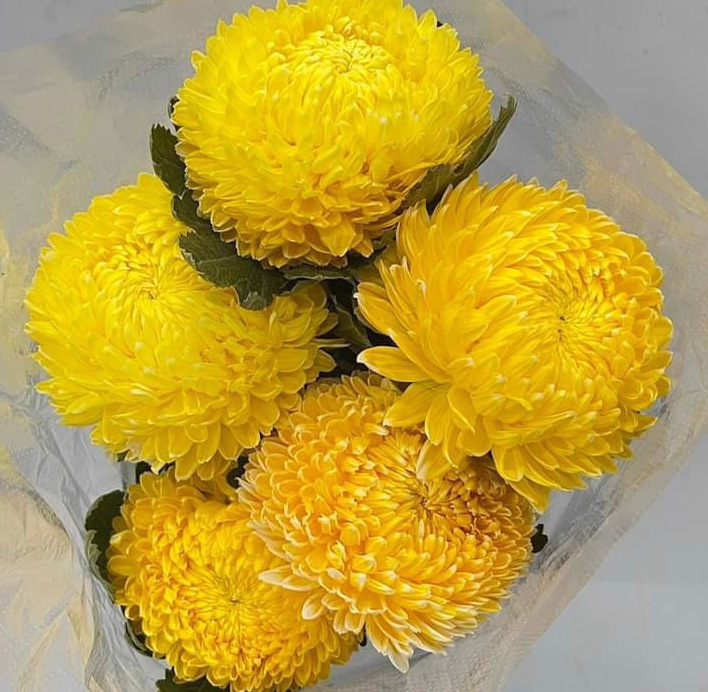
3. Màu nhuộm An toàn cho hoa và người sử dụng:
- Màu nhuộm nhập khẩu: là màu công thức chuyên nghiệp cho hoa tươi, không làm khô cánh hoặc tổn thương cấu trúc hoa.
- Màu nội địa: Một số loại dùng chất công nghiệp, dễ khiến cánh hoa nhanh giòn, héo hoặc mất form.
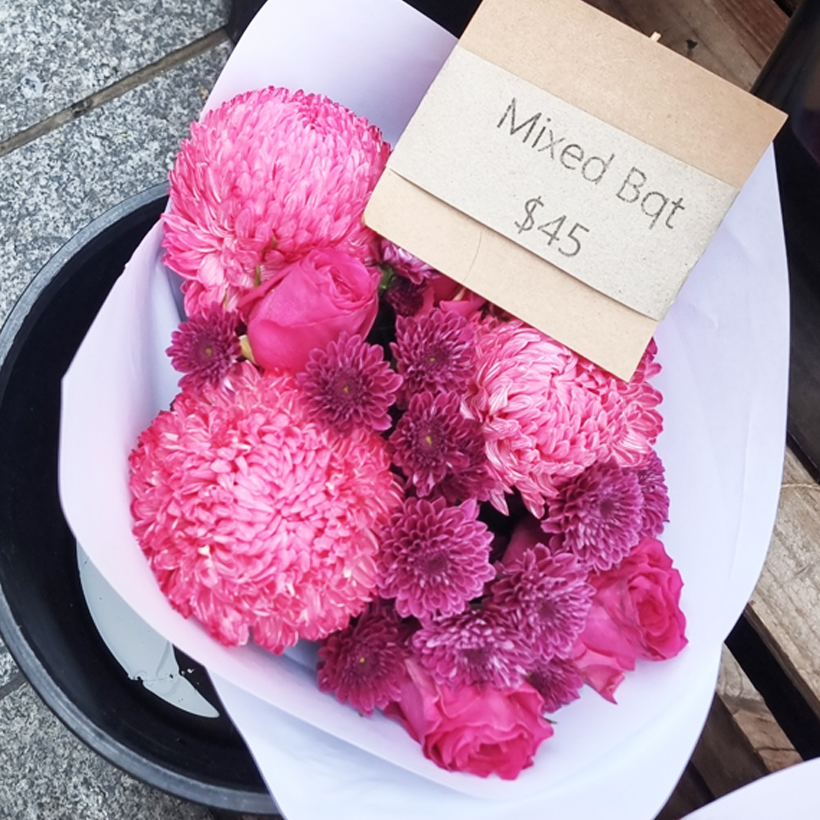
4. Khả năng ứng dụng:
- Màu nhuộm nhập khẩu: Pha màu hòa tan dễ dàng trong nước, rượu
- Màu nội địa: Có loại khó hòa tan, dễ lắng cặn khi pha, gây bít vòi phun hoặc
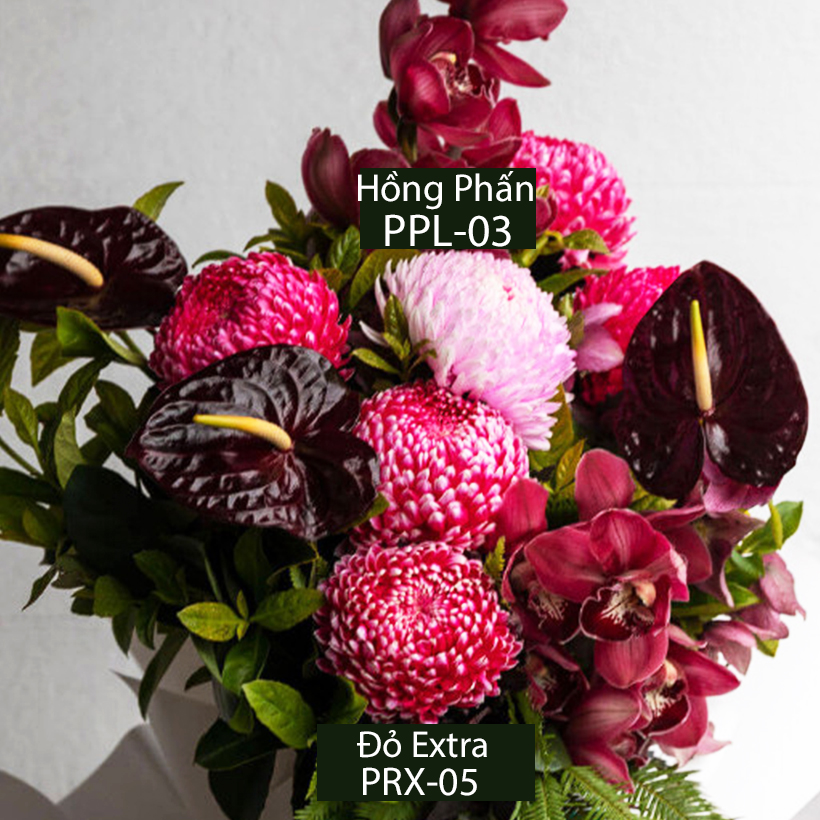
5. Màu sắc hoa đa dạng và không bị “thâm đen lá hoa” khi nhuộm
- Bột nhuộm nhập khẩu thường có hơn 20 màu cơ bản, và tùy vào sở thích, người chơi hoa nhuộm có thể pha màu theo các tông màu khó tìm thấy như: màu pastel nhẹ nhàng, ánh kim lấp lánh, hay các sắc rực rỡ độc lạ.
- Có thể nhuộm màu hoa tươi "bảy sắc cầu vồng", nghĩa là bột bông hoa có nhiều màu
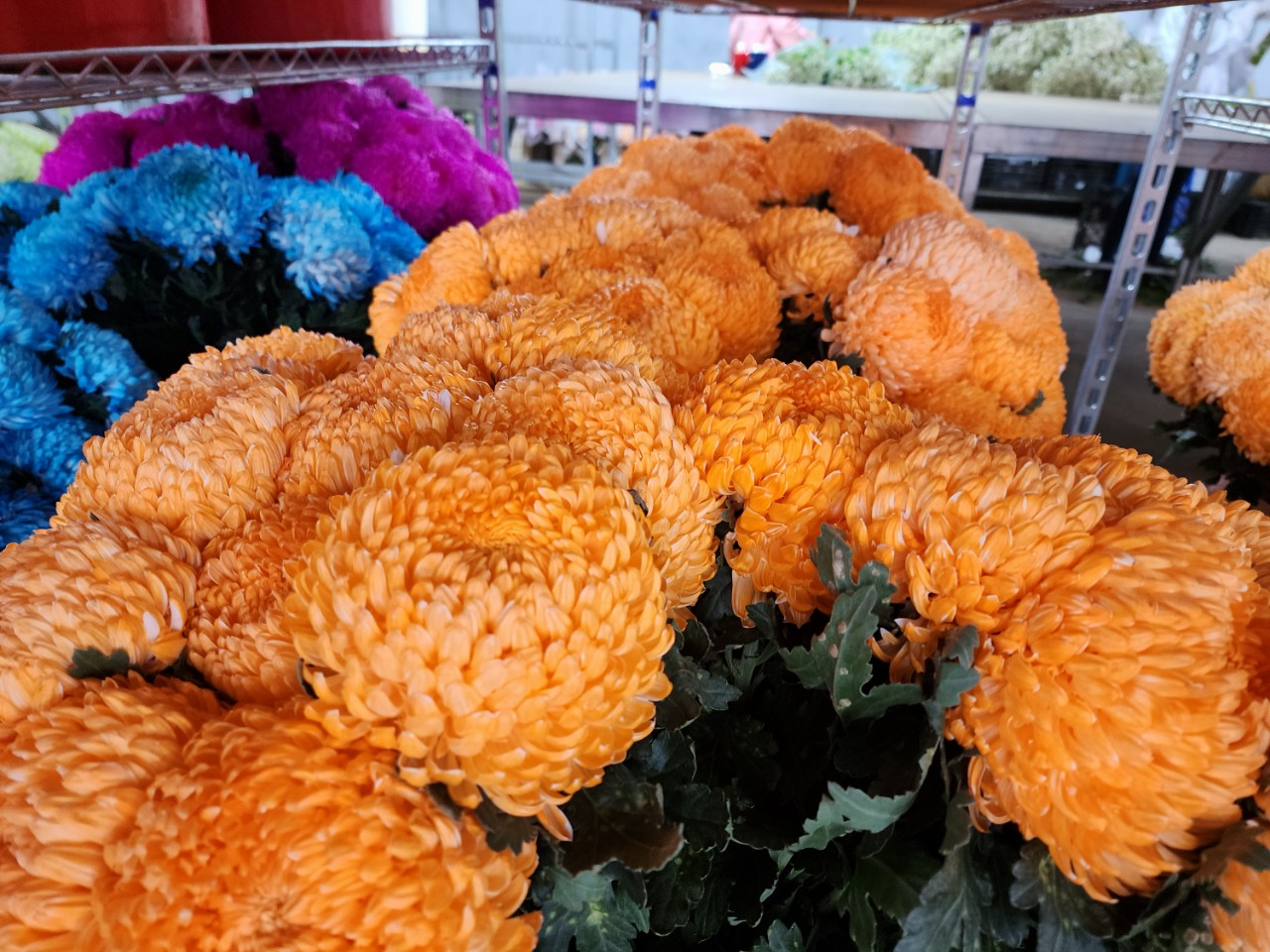
Differences Between Imported Fresh Flower Dye and Domestic Fresh Flower Dye
-
Color Quality:
-
Imported Flower Dye: Ultra-fine pigment particles create bright, vivid colors. The dye spreads evenly across petals, giving flowers a natural look without blotches or streaks.
-
Domestic Flower Dye: Larger pigment particles can cause uneven absorption, resulting in duller or inconsistent color tones.
-
Color Durability:
-
Imported Dye: High adhesion, maintaining vibrant color for 7–14 days without fading, even when displayed in hot environments. Dyed flowers retain color and do not suffer from leaf or petal burning.
-
Domestic Dye: Color tends to fade quickly under strong light or humid conditions. Under high temperatures, colors deteriorate even faster.
-
Safety for Flowers and Users:
-
Imported Dye: Specially formulated for fresh flowers; it does not dry out petals or damage flower structures.
-
Domestic Dye: Some types use industrial-grade chemicals that can make petals brittle, cause early wilting, or deform the flower shape.
-
Ease of Application:
-
Imported Dye: Easily dissolves in water or alcohol, making it simple to prepare and apply.
-
Domestic Dye: Some varieties are harder to dissolve, tend to settle at the bottom, and can clog spray nozzles.
-
Color Variety and Leaf Safety:
-
Imported Dye: Offers over 20 basic shades, and users can mix them to create rare colors such as soft pastel tones, sparkling metallic effects, or uniquely vibrant hues. The dye also prevents "blackened leaves," a common issue with poor-quality dyes.













